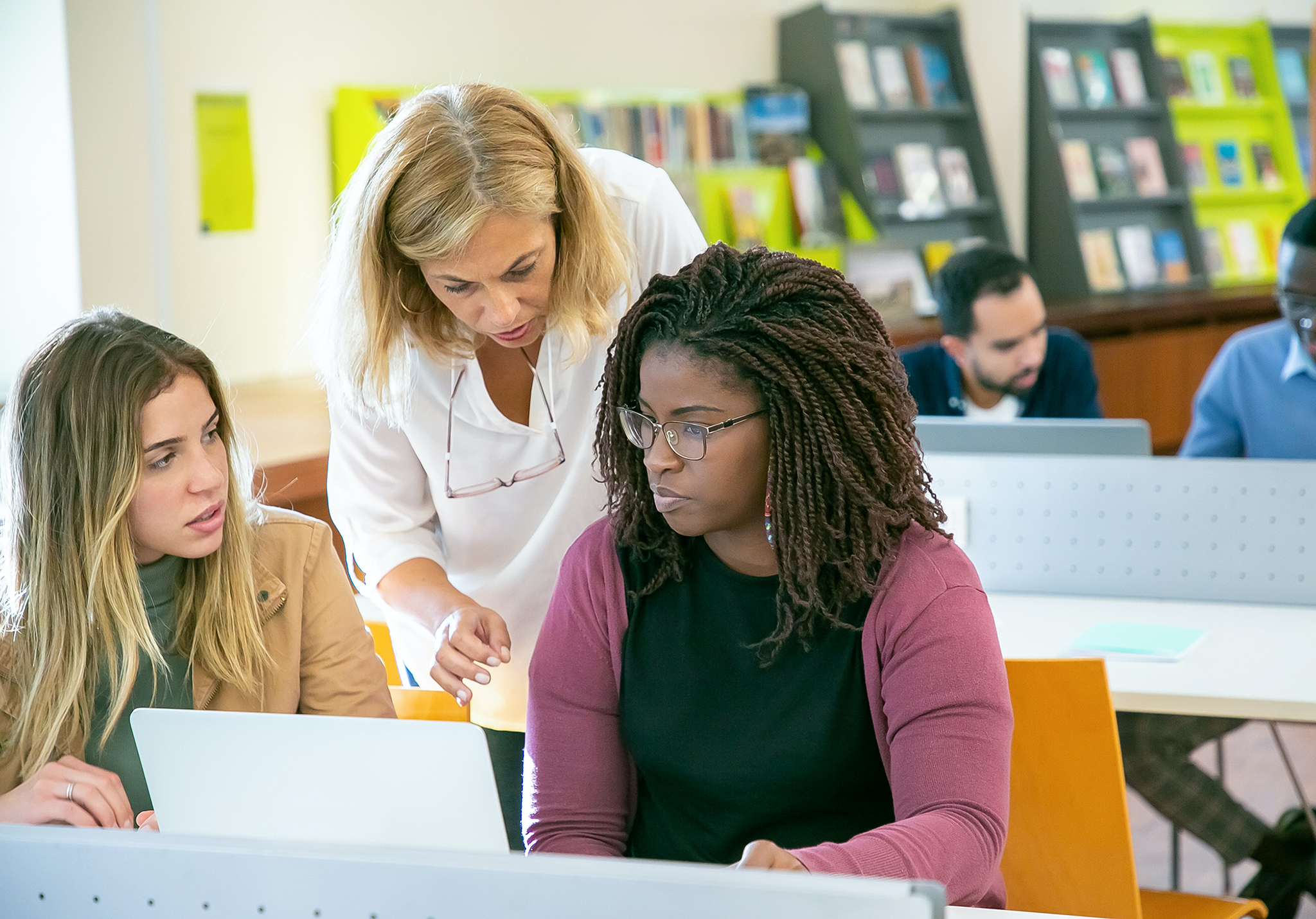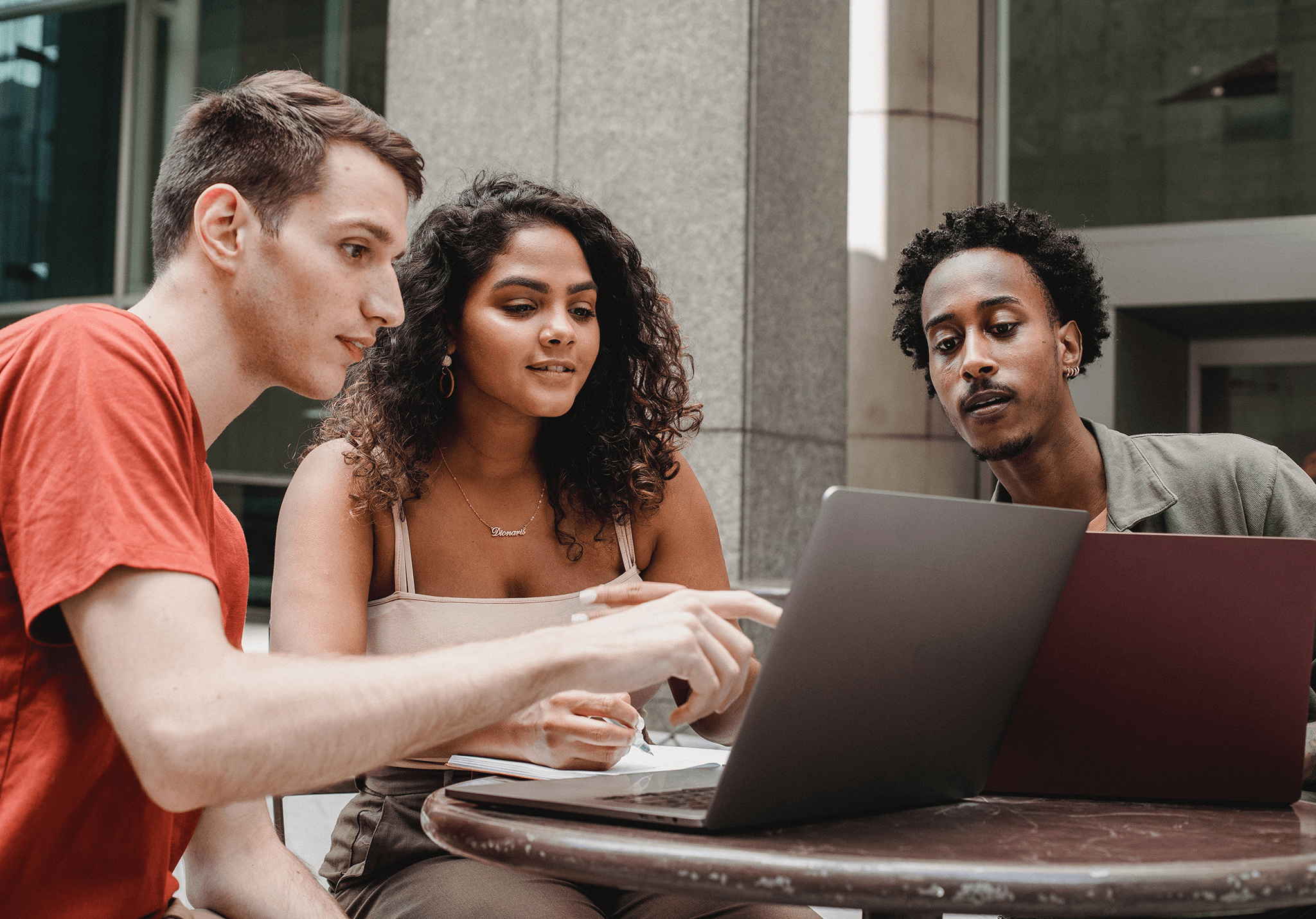Discussing controversial topics in class can be a daunting task that one might be tempted to shy away from. With the highly polarized nature of many online spaces and media outlets, it can be difficult to imagine just how discussing these controversial topics could be beneficial in the classroom.
The reality is, however, that engaging with controversial issues in class brings real potential for student development when handled well. In this article, we’ll take a look at the benefits of and strategies for discussing controversial issues in the classroom, and how you can have these discussions on Kialo Edu!
Benefits of discussing controversial issues in the classroom
Students are inherently curious about the world and events happening around them. By providing a safe space to explore these complex issues, students can learn how to examine their own beliefs and appreciate the diversity of perspectives around them.
What’s more, the ability to engage in respectful discourse and talk through differences of opinion on sensitive subjects is a vital skill. When teachers give students the opportunity to participate in meaningful discussions in an age-appropriate way, they help them on their way to becoming informed and active citizens.
Strategies and considerations in teaching controversial issues in the classroom

Spending some time considering how the issue or topic fits into your classroom can go a long way towards a successful outcome. Start by ensuring that you have a clear purpose in addressing this topic. How does it align with the curriculum or learning objectives, and what do you hope to achieve by incorporating it?
Knowing your students well is important. If you think some of them have had direct experience with the topic, consider how to ensure they feel heard and respected in the discussion.
For younger students, ask yourself just how age-appropriate the topic is and how to manage their questions. There may be strong feelings about this issue in the local community, and parents and colleagues may need to be kept in the loop when you choose to discuss the issue.
Ultimately, if a topic is too sensitive or may cause students harm, it might be best avoided. We’ve outlined some further considerations to help ensure a fruitful discussion below.
1. Establish a supportive learning environment
Perhaps the most important step educators can take is building a classroom culture based on empathy and respect. Having a safe and monitored learning environment to address these topics gives students the opportunity to explore them free from the noise of social media commentators and polarized media outlets.
Work together with your students to establish the ground rules of classroom interactions so expectations are clear. You might decide to highlight the importance of assuming best intentions or making space for all voices. Insist on respectful dialogue and explicitly outline what that means, teaching students techniques for active listening and disagreeing politely where needed.
Whatever rules you decide on together, teachers can try to keep them at the front of students’ minds by displaying them in a prominent place so they’re easy to refer to.
2. Do preparations to have sufficient knowledge of the issue
Controversial issues have a tendency to be complex with many moving parts and multiple perspectives. Not only do teachers need to be able to explain the central issues clearly and confidently, but they also need to be prepared to correct misinformation and ensure different points of view are included.
Teachers should also consider their own position in the discussion. Although you may have strong feelings on the topic, it is usually better to maintain a neutral position to promote critical thinking in your students. By upholding a sense of objectivity, teachers model respecting the diversity of opinions and experiences around them.
This also ensures that students don’t have to fret about disagreeing with their teacher. That’s not to say there won’t be times when it is fitting to offer an opinion, but it needs to be weighed against the benefits of remaining neutral.
Using Kialo Edu discussions is one option to help break down these complex concepts into manageable chunks for your students. You can use them to draw attention to a range of perspectives and include suitable sources in the Background Info.
Kialo discussions have a text-based format, so another benefit is that they give students space to pause and reflect before contributing. And if your students are hesitant to share their opinions, our Anonymous Discussion feature gives them a greater sense of freedom.
3. Collaborate with parents and colleagues before diving into an issue
Making parents and colleagues aware when bringing potentially divisive issues into your classroom allows you to be transparent and seek out further support as needed — for teachers and students alike. The Council of Europe, for example, suggests forming a school action plan for addressing controversial issues in class as a matter of priority.
Provide context by letting parents, or indeed students, know why you are covering this issue, whether it’s to practice perspective-taking and respectful discussion, or to link a curriculum area to current events.
4. Start with discussion rather than debate

One constructive approach is to focus on helping students get to grips with the nature of the topic and looking at it from different angles, rather than framing the issue around solely oppositional points of view.
With Kialo discussions, you can set up multi-thesis discussions to move away from a more traditional pro/con stance to consider other approaches. Posing questions that focus on solutions rather than conflict will help develop students problem-solving and critical thinking skills.
Get students off to a good start by ensuring there are points of shared knowledge. Provide balanced background reading from suitable sources — if a topic is particularly complex, you might provide a pre-developed Kialo discussion such as the one below on affirmative action in college admissions for students to explore. Students can engage in such knowledge-sharing Kialo discussions by commenting on the claims with questions or observations, voting on their impact, or just exploring the information in small groups.
In Kialo discussions, small groups can organize their ideas and research by building out a discussion together. Encourage students to explore why different perspectives feel the way they do to depersonalize the topic without shutting down voices. After their own exploration, bring students back together to discuss what they have learned, which can lead as an introduction to a wider class conversation on the issues involved.
5. Build in time for students to reflect
Discussing controversial topics often requires students to navigate uncomfortable or emotionally charged conversations. Thus, it is important to make space to allow them to reflect on the emotions raised and process the ideas discussed.
During the class, if a discussion becomes heated or tense, teachers might ask students to spend a moment doing a personal writing task to express their feelings. Or, they might redirect the discussion to explore as a group what it is about this topic that is difficult to speak about. Similarly, at the end of a lesson, taking time to summarize the central points covered and allowing students to reflect on their experience and what they have learned can demonstrate the value in the activity.
Addressing these issues in class can be a tricky balancing act which requires skill and empathy from all involved. We’d love to hear about how you find that balance. Have you come up with effective class rules with your students? Or what tips can you share to nurture a classroom culture that cultivates respect? Let us know on social media, or directly at feedback@kialo-edu.com.
Check out even more teaching strategies to help you empower your students with the skills they need for discussion success!

